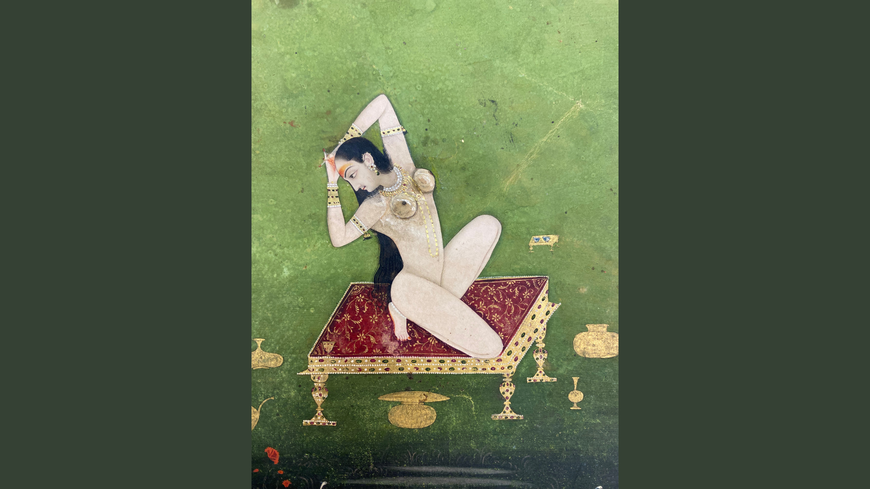Inaugural Catherine B. Asher Lecture in South Asian and Islamic Art History
222 21st Ave S
Minneapolis,
MN
55455
The Department of Art History is pleased to announce the launch of the Catherine B. Asher Lecture in South Asian and Islamic Art History. The inaugural lecture "Tactile Histories of the Mughal Album" will be presented by Dr. Yael Rice (Amherst College) on April 19th at 4:30 pm (CDT). A reception will follow the lecture.
This is a hybrid event. Register for online access (it's not necessary to register if you are attending in person). This event is free and open to the public.
About the Talk
As compilations of discrete, fragmentary images and texts in codex format, Mughal albums lend themselves to ocularcentric analysis. How else, if not by sight, would one read a book? Yet the Mughals’ word for album, muraqqa‘—Arabic for “patched” or “mended”—, foregrounds other modes of sensory engagement, namely touch. While the term clearly evokes the tactile processes of trimming and pasting together employed in the production of such albums, it also suggests the frequent episodes of repair that any excessively handled book would demand. Following this linguistic cue, this talk situates the Mughal album at the center of a complex matrix of both visual and tactile practices. It examines how physical touch and haptic perception factored in the organization, construction, and use of seventeenth- and eighteenth-century albums both within and beyond the Mughal court. It furthermore places these materials within a broader constellation of stitched textiles and gardens with and in which albums were enjoyed. Thus, this talk also builds on the important work of Catherine Asher, whose scholarship opened up new and vital ways of understanding the Mughal lived environment.
Co-sponsored by: James Ford Bell Library and Center for Premodern Studies
This lecture is made possible by the Frederick and Catherine Asher Strategic Initiatives Fund.
